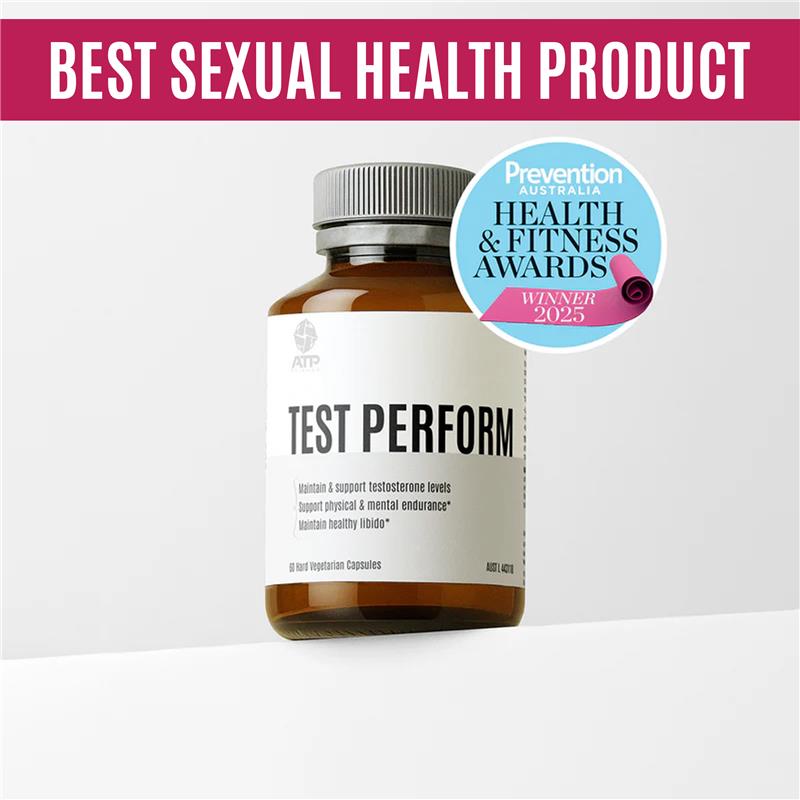Bugs and our estrobolome; on average, our GI tract can provide refuge for over 1000 different species of microbes, giving way to a total residence of around a hundred billion bugs! Crazy to think that these are all pottering about in there; but they aren’t just squatting, they all have their own important roles to play. Some good, some bad. It will take us a Millenia to navigate and interview each one’s role, so today we are focusing on the Estrobolome.
What is the ‘Estrobolome’?
In the context of bugs, there are also segregations that contribute to various major contributing roles in our identity such as:
– Our inflammatory status.
– Predisposition to auto-immune.
– Delivery modes of nutrients, drugs, and antibiotics.
– Hormonal intermediates and metabolites.
– Immune function and communication of a threat.
+ More…
It is as if we are a vehicle for these bugs to get around and travel, they have their own equilibrium going on down there, but can be thrown out of balance quite easily leading to issues down the tract (pun intended).
The Estrobolome is a combination of separate elements from the Enteric Bacterial genes that are known to be capable of metabolizing estrogens. These main forms of Estrogens are:
– Estradiol (E2)
– Estrone (E1)
– Estriol (E3)
Estrobolome – What is the process of Estrogen detoxification?
Our Estrobolome – The role of Estrogen in the body is important, so is the detoxification of the excess once it is no longer required. There is a metabolic process for our estrogens to contribute to their function and be eliminated from the body post-task.
Phase 1 Detoxification –
E1 and E2 which we mentioned above are the most dominant estrogens in the body, they undergo phase 1 liver detoxification which is hydroxylation by processes of the Cytochrome P450 Enzymes. This process is the stage at which a hydroxyl group is attached to the estrogen and become Hydroxyestrones. The three major metabolites under this category are 2- Hydroxyestrone, 4- Hydroxyestrone and 16 Alpha Hydroxyestrone.
Phase 2 Detoxification –
These include often the deactivation of 2- Hydroxyestrone and 4 Hydroxyestrone often via the methylation enzyme known as COMT (catechol-O-methyltransferase). However, there are various phase 2 pathways that include Sulfation and Glucuronidation which allow for effective conjugation of these into water-soluble metabolites that can be excreted via the kidneys and GI Tract.
Phase 3 – The often-forgotten Phase!
Once the above phase 1 and 2 have been completed, after phase two the inactive metabolites of estrogen are then moved through to our bile and enter intestinally into the minefield of our microbiome in the small intestine. This is done as a means of safe garbage disposal as the hormones are less likely to be reabsorbed as actives. But that is if your Phase 1 and 2 liver pathways are working properly and your microbiome status is healthy enough to process this correctly without reabsorption.
What does the Estrobolome have to do with all of this?
Well, high levels of Beta-Glucoronidase can be found in the liver in those with estrogen dominance. These high levels of Beta-Glucoronidase can inhibit the conjugation process of estrogen metabolism. Now, Beta-Glucoronidase as an enzyme is not a bad guy, everything in moderation as its important for the breakdown of complex carbohydrates and the balance of Bilirubin which is important for the process of red blood cells. So, we don’t want too little but we don’t want too much either.
What these high levels indicate is that there may be a population issue in the gut as the last phase of elimination, something is causing the removal of Glucuronic Acid from the conjugated Estrogen and as such, it returns back to its active forms in the gut and is readily reabsorbed creating an excess issue of estrogen systemically. The bacterial B-Glucoronidase is dominant in the Phyla of the microbiome belonging to Firmicutes and the estrobolome.
Tackling from all angles
Estrobolome – Did you know that various foods can play an active role in supporting our Phase 1 and Phase 2 pathways, as well as our Phase 3 where our microbiome is involved?
Such foods contain Sulforaphane’s which are found mostly in Cruciferous veggies like broccoli, kale, cabbage, and Brussels sprouts to name a few; help with the phase 2 liver pathways to allow for safe conjugation processes. These also contain, Calcium D-glucarate which allows the body to naturally balance the levels of Beta-Glucoronidase too!
Want to learn more about how this affects you and your body? Book in with our in-house Naturaopth today, Nicole is super passionate and experienced in all things gut health and hormones and would love to consult with you. Click here to find out more.
----promo-image


















